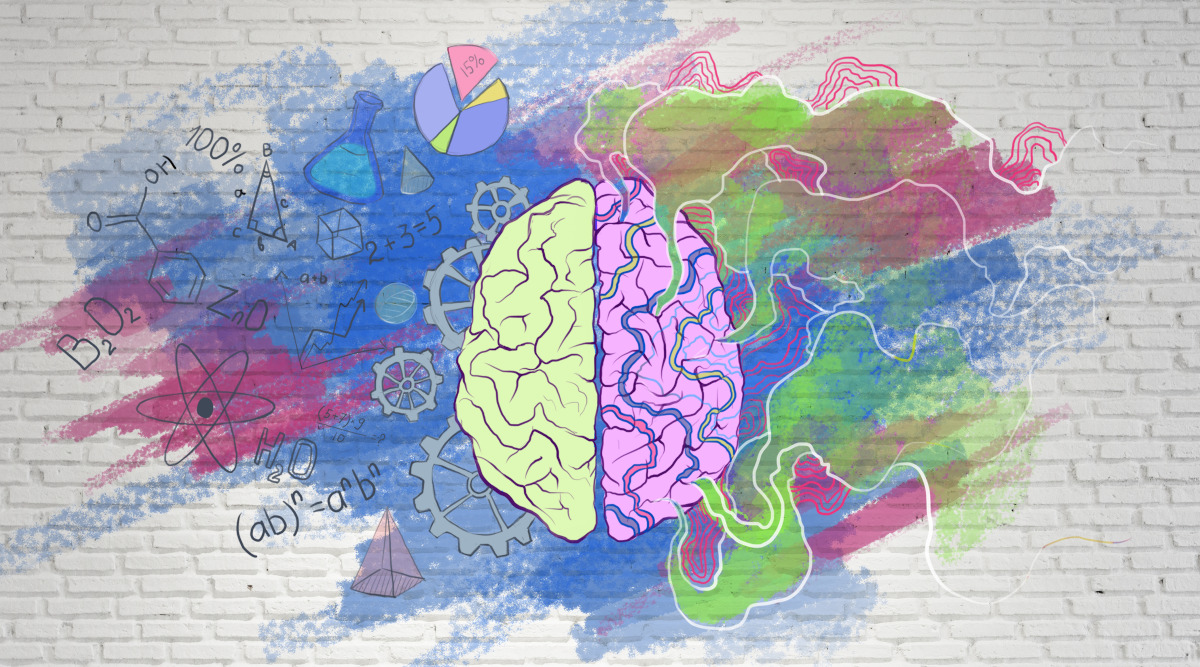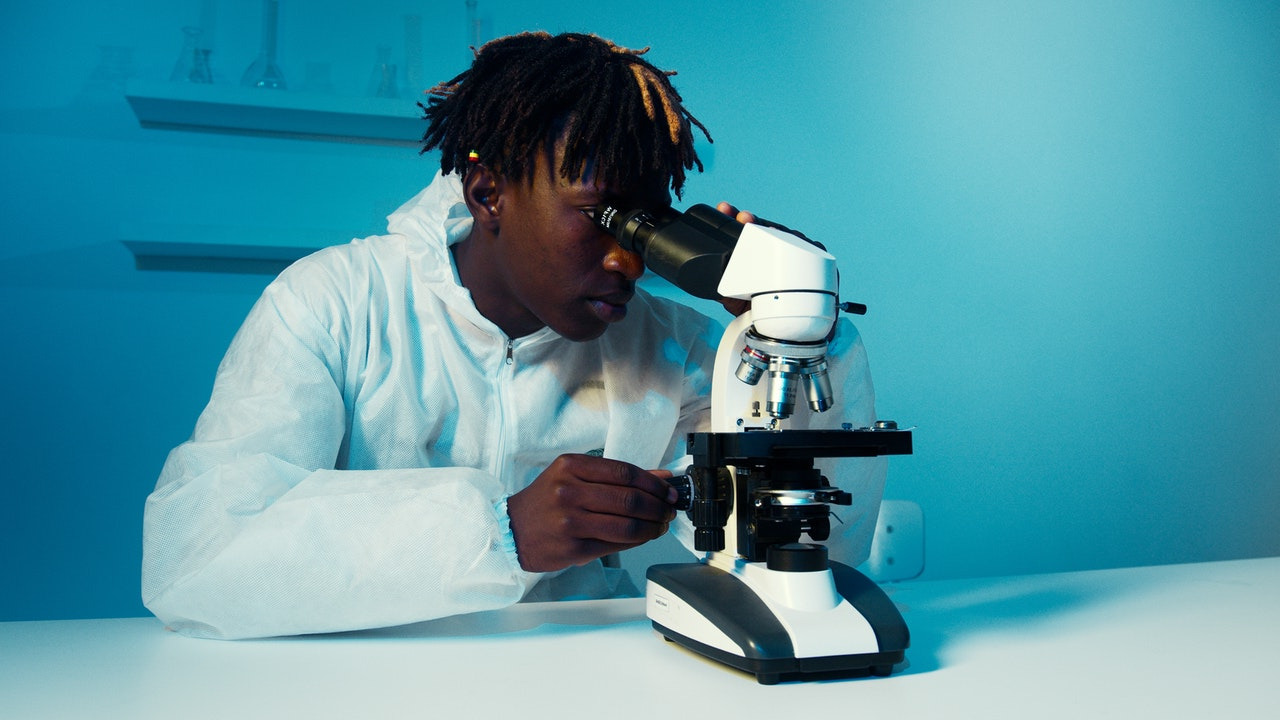History of HD
November 22, 2021
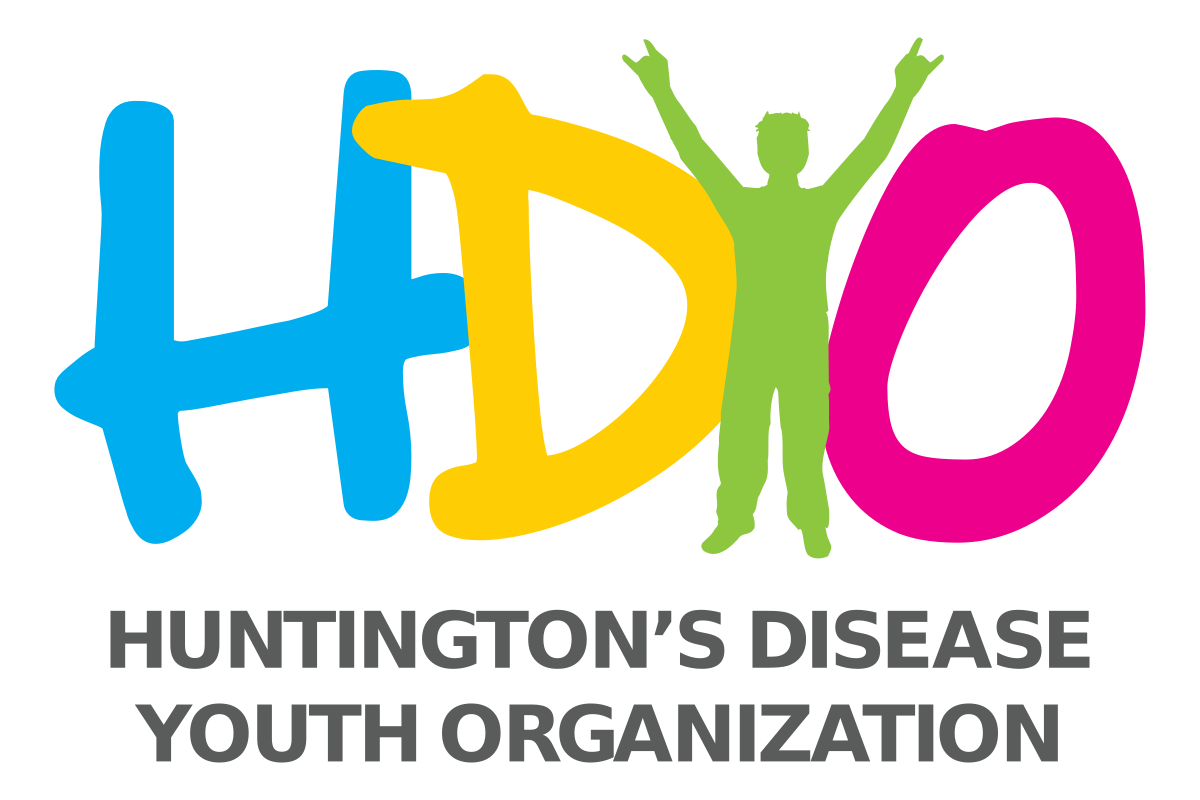
HDYO has more information about HD available for young people, parents and professionals on our site:
www.hdyo.org
This section is going to explore the history of Huntington’s disease from the very beginning to the modern day, using as much as we know from research conducted around the world.
Origins of HD
Where else to start than the origins of HD. When did HD start? HD has been around for a long time. It is a genetic condition and we now know that one gene is responsible for people getting HD (we will talk about how this gene was found later). That gene is in every single human being, only most people have a ‘normal’ version of this gene and some, unfortunately, have an expanded version which causes HD. The origin of HD begins with the emergence of this gene.

Billions of years ago, before humans existed this gene could be found in other smaller organisms, but they didn’t get HD. The gene, from what we know, appears to be important in the evolution of the nervous system. Over billions of years, these organisms evolved and eventually humans began their existence as a species, with this gene playing a key role in our development. Without this gene no human would be born it is that crucial to our growth. So the gene that causes HD has been around for billions of years, not only in humans but in other animals and organisms that far predate humans. But HD only started when humans came into the picture (animals also have the same gene but it does not cause them to develop HD, that is something that happens only in humans it seems). It seems that HD had the potential to affect humans from the beginning of our existence. But, back then humans were not living for very long at all and HD is normally a condition which starts showing symptoms between the age of 30-50, so although HD was a risk for humans in the beginning of our history as a species it would have been very rare to actually have symptoms of HD or die because of HD symptoms, as people wouldn’t have lived long enough for HD to be a problem. Eventually, however, people started to live longer in recent centuries (17th and 18th) and that’s when HD became more noticeable and more of an issue to us humans.
How did HD spread around the globe?

Another great question to think about is how HD spread around the world through time. Did it start with just one person having HD? Well, it is thought that, around the time humans became a species, HD would not have started in just one person and then spread from them, but rather it would have developed in a number of people over the world and the expanded HD gene would have spread through the generations after that. So it is believed there was not one source of human who had HD first, but a number of people who each spread HD in their regions.
However, humans have definitely helped to spread HD around the world. Back in the 17th and 18th centuries it is thought that HD was not such a global risk and that some places HD was more common and others not common at all. Even to this day HD is more common in Europe and North America. Unfortunately, during the 17th and 18th centuries European civilizations were exploring the world on ships finding new lands and people. It is almost certain that they took HD and other conditions with them on their travels. All it would take is for one of these sailors to have a child with HD in these new regions of the world and for that child to then spread HD through their family generations. In places like South America, people generally had lots of children so HD would spread very quickly through each generation and soon one person with HD can turn into thousands in that region.

How did we deal with HD in the past?
Not very well! Next question! Only joking (about the next part at least)! In the 18th Century HD wasn’t called Huntington’s disease because nobody knew back then what it was. The same can be said for many conditions. People knew people were ill with something but had no idea what it was or how it worked. HD, along with other similar conditions, were all known as St Vitus’s Dance during this time. Why? Well, Saint Vitus was a Saint with many statues, and when people were feeling ill or sick they would come to a St Vitus statue and dance around the statue until they couldn’t dance anymore. They used to think this would make them feel better, who knows if it actually did (we’re guessing not). People with HD have lots of movements so people started saying people with HD had St Vitus’s Dance. Now of course we know about any different conditions which would have all been grouped under St Vitus’s Dance a few hundred years ago. People didn’t understand HD at all in the 18th Century and treatments for HD were also completely lacking an understanding of what they were trying to treat. In 1769, William Buchan considered that St. Vitus’s dance was usually curable through repeated bleedings and purges, along with drugs such Peruvian bark, snakeroot, and chalybeate waters (a popular mineral tonic). Again we don’t know if this helped anyone with HD as we weren’t there but if we had to guess we’d say it didn’t.
Why is it called Huntington’s disease?
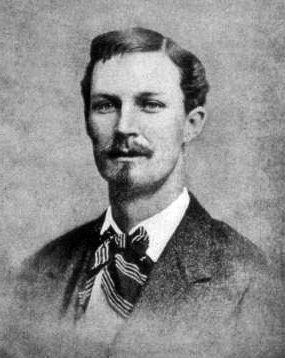
Another great question! Why is it called Huntington’s disease? Well, like some other conditions, it was named after somebody. In 19th Century USA (1872 to be exact) a young doctor, George Huntington, became the first person to write about the condition and its symptoms, as well as noticing some genetic traits. As a result, the condition was named after him. He was only in his young 20’s when he wrote the paper. He was doctor in a small town called East Hampton, Long Island. His father (George Lee) and grandfather (Abel) were also doctors and had looked after the families in the area for generations. George’s first interaction with HD was with his father when they were riding along the road and they passed two women who both had symptoms of what we now called HD. George wasn’t sure what was wrong with them at that time because he was just a young boy, about 7 years old, but it is a moment that stuck with him for the rest of his life. George eventually became a doctor like his father and started seeing these families with the mysterious condition which caused movements and odd behaviour. He noticed that it seemed to be in certain families through generations. That moment with his father and the two women by the side of the road was his motivation to write a paper about what he called a chorea (which is the Greek word for dance). He was the first to write such a comprehensive paper about the chorea in English (there was a Norwegian doctor who also wrote about the condition chorea some years before George but his paper was not understood outside of Norway unfortunately for him). So George was given the honour of having a condition named after him and this condition soon became known as Huntington’s Chorea. You may notice we don’t call it Huntington’s Chorea anymore; we use disease instead. This is because much later on doctors realised that HD was not just about these movements but was a brain disorder (a neurological condition) and the movements were a result of a loss of ability to control the body by the brain so Chorea was not accurate enough and we now use disease.
Finding the gene… a breakthrough moment in history
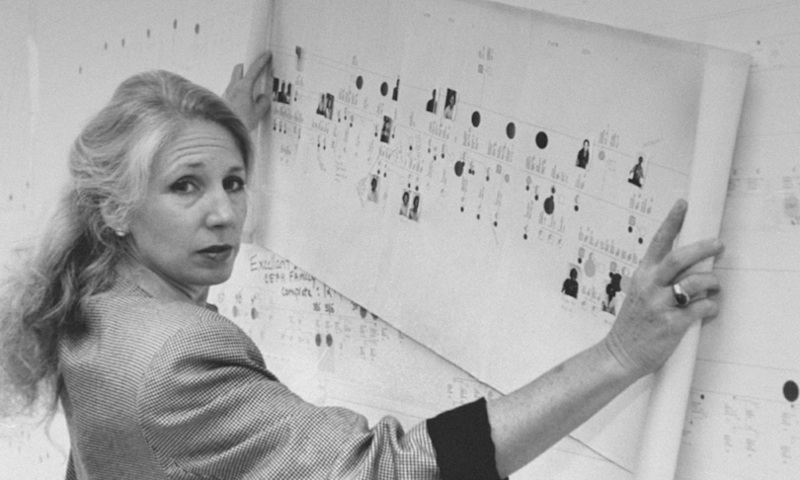
Perhaps one of the most important moments in HD history happened in 1993 when the gene that causes HD was identified by a team of HD researchers, including Nancy Wexler who has since been dubbed ‘the gene hunter’. HD was the first genetic condition that the gene which causes it was found for. How did they find this gene then? It wasn’t easy that’s for sure and took a lot of time and effort. Nancy Wexler was a HD researcher but she had a personal connection to HD as her mother had HD. In 1979 Nancy and the team of researchers were trying to figure out how they could find the gene that causes HD. Their plan was to get as many blood samples from the HD community as possible and to study them for what they called ‘markers’ of HD (this means similarities). They figured HD must be caused by something happening in a gene somewhere in our DNA and so if they can get enough blood samples of those with HD they may be able to see in which areas of the DNA there are similarities/patterns that everyone with HD has that’s different to those who don’t have HD. If there was a pattern which not everyone’s samples had in it then they could rule it out as not being a marker of HD. Nancy and the team had a plan but they needed samples and volunteers. Not to mention they had no idea where to look in the DNA of people with HD, with over 30,000 genes this was a needle in a haystack operation.
In 1979 Nancy and her team got word of an area in Venezuela, Lake Maracaibo, where many people had HD and almost all families were affected. Nancy and the team decided to visit as, if true, this could be the best place for researchers to find lots of blood samples of those who have HD. They visited Lake Maracaibo in 1979 for the first time and it was indeed true. Almost everybody was either affected by HD or at risk. They were also in poor conditions with little support or understanding of what HD was. Nancy and her team had the perfect place to start their search for the HD gene. Nancy needed the population of this region to support their study and want to take part. The people were not keen to give their blood samples so easily, which is understandable! But Nancy and the team explained the reason for the research and how important it could be. Nancy even did the blood test herself and expressed she was from a HD family too. This seemed to help and people started giving their blood for the study. All samples collected were then sent to labs around the world to do tests on to help find the HD gene. Nancy and her team didn’t just visit once, they came back each summer for many years, each year taking blood samples from as many people as possible. They also built a care home for those suffering with HD to receive care in.
In 1983 they made a breakthrough, the researchers found a marker for HD. This was not the gene itself, but they had narrowed down the area in our DNA where that gene could be and this was good progress for them. It took another 10 years, in 1993, for the team to find the gene that causes HD. They found it in Chromosome 4, after thousands and thousands of people around the world had given blood samples over almost 15 years, after many visits to the people in Lake Maracaibo it was finally found. This was a remarkable moment. They found that the gene that causes HD has a repeat in it (a CAG repeat) which is normal up until a certain number of repeats, then it causes HD. As I said, this was the first time a gene that causes a genetic condition had been found and highlighted. It was important for one main reason: it means researchers can begin to understand how HD works, why it happens and how to stop it. Another important change it brought about was that now we knew the gene that causes HD we could perform a genetic test to see if someone had the expanded gene or not. People at risk could now decide for the first time if they wanted to get tested for HD. In 1993, when the gene was found, people thought that a cure for HD would not be far away now we know the cause, but it wasn’t as close as people assumed. Knowing what causes a genetic condition and stopping that genetic condition are two very different challenges. But still, Nancy and her team made a truly amazing contribution to the understanding of HD and to future treatments.
The emergence of Non-profits for HD

Whilst Nancy and her team were doing research searching for the gene that causes HD, others were setting up the first charities to help those with HD and their families. Marjorie Guthrie, ex-wife of famous musician Woody Guthrie, who had HD, set up the first charity for HD called the Huntington’s Disease Society of America in 1968. Also in 1968 Nancy Wexler and her family set up the Huntington’s Disease Foundation to raise money for research – it raised millions. More charities in other countries soon followed, all with the goal of improving the services and support people and families with HD receive and to advocate for more research into HD. HDYO launched in 2012 so we barely have a history of our own yet, but HDYO was the first charity to specifically support young people in HD families and does so on a global scale. Many of these charities now provide vital services for HD families in their region.
Modern Day – another significant moment and a hopeful future
In 2004, an organization called the Cure HD Initiative (CHDI) was launched. This was perhaps as significant a moment as the gene being found in 1993, but not as many people are aware of CHDI as the gene being found. CHDI is a non-profit with the goal of curing HD as quickly as possible. CHDI was founded by an anonymous individual who has a lot of money. As a result, each year since 2004 CHDI has invested over $100 million into HD research (that’s comfortably over a $1 billion in total so far). All focused on funding HD research. They not only fund research but they organize researchers too so that they are all working together with a master plan rather than doing their own thing. Before CHDI was around it was estimated that around $5-10 million was spent each year on HD research, now it’s over 10 times that much from just CHDI alone (with pharmaceutical companies now also spending lots of money on their own drugs to bring to the HD community), thanks to the investment from CHDI due to this anonymous individual. This person has remained hidden for a long time, although there is an article online that revealed the person’s identity if you wish to search for it. We won’t reveal the person’s name here as they wanted to remain anonymous and we want to respect that. But the impact of CHDI has meant HD research is moving very fast now with lots of funds available for researchers to make progress quickly and it has meant that pharmaceutical companies are now interested in HD as CHDI has progressed research to a point where treatments to slow or stop HD are possible for the near future/today.

We are now at a point, in 2018 as I write this, where there are human trials for gene silencing treatment for HD which looks extremely promising and could slow or stop HD. It would be the first treatment to slow or stop HD, up until now we’ve only been able to treat symptoms but not stop the disease itself. We are very close to some really exciting treatments for HD and gene silencing is just one of them, there are more in the pipeline. Make no mistake we would not be in this situation if it wasn’t for the work of CHDI and their funds.
The end
That brings us to today! We’re done. I hope you have found this section on the history of HD useful and of course if you have any questions just ask, we are happy to help. If you are in a HD family, stay hopeful! We’re moving into an exciting era of genuine hope.

